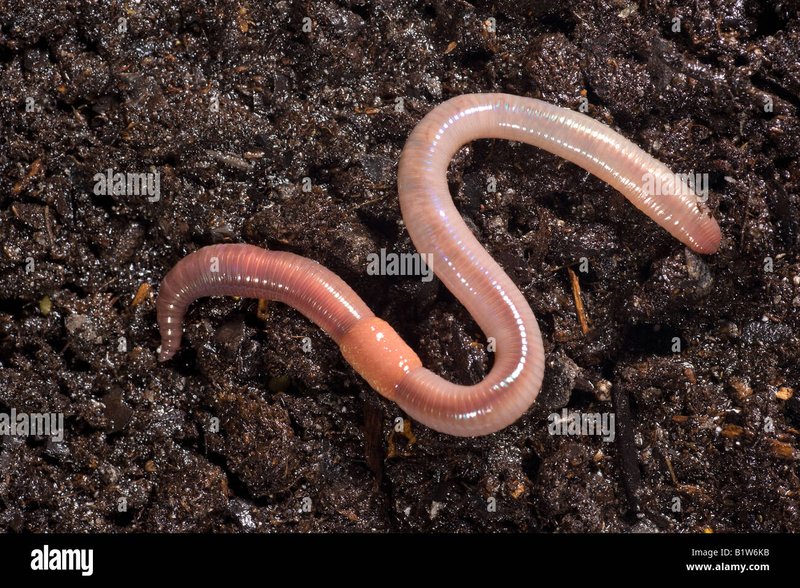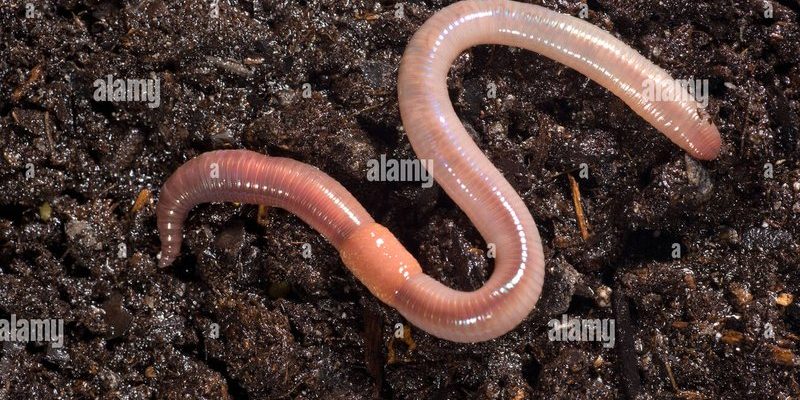
So, how can you spot one when you’re out exploring? Identifying a segmented worm isn’t as hard as it seems. Just like learning to identify a dog breed or a type of tree, it requires a little observation and knowledge. Let’s dive into the world of segmented worms—what they look like, where to find them, and some interesting traits that set them apart from other creatures.
What Exactly Is a Segmented Worm?
Before we get into identifying these worms, let’s clarify what we mean by segmented worms. They belong to the phylum Annelida, which means “little rings” in Latin. This name comes from their favorite feature: their bodies have noticeable segments or rings. You might often hear these worms referred to as earthworms. They typically range in color from reddish-brown to greenish tones, depending on the species and their environment.
What sets segmented worms apart from other worms is that they have a well-defined body structure. Each segment can have tiny bristles called *setae* that help them move through the soil. It’s like having built-in handholds! If you gently pick one up, you’ll notice that their skin is moist and slimy—a sign that they’re healthy and well adapted to their habitat.
Where to Find Segmented Worms
Segmented worms thrive in various habitats, but they prefer moist, dark environments. So, where should you go looking? The best places to spot these creatures include:
- Gardens and yards: Check under mulch, leaf litter, or even rocks.
- Forests: They love the damp, rich soil found in wooded areas.
- Wetlands: Marshes and swamps are prime real estate for segmented worms.
- Near compost piles: These areas are like all-you-can-eat buffets for worms!
When you go searching for segmented worms, remember to keep the soil moist and avoid disturbing their environment too much. They need the moisture to breathe and survive, so handling them gently is important.
Identifying Characteristics of Segmented Worms
Once you’re in the right area, how do you know you’ve found a segmented worm? Here are a few key characteristics to look for:
1. Body Structure: Notice the body’s segmented appearance. Each segment usually contains a few bristles that help with movement.
2. Color: Earthworms can vary in color, but a typical segmented worm might be a deep brown or reddish hue.
3. Size: They can range from a few inches to over a foot long. Don’t be fooled—long doesn’t always mean segmented!
You might be wondering if all worms are segmented. While many are, there are others that aren’t, like flatworms. Flatworms look quite different and lack those distinct segments. So, if you see a smooth body, you’re likely dealing with something other than a segmented worm.
The Importance of Segmented Worms in Nature
You might not think much about worms, but they play a crucial role in our ecosystem. Here’s why they matter:
– Soil Aeration: As segmented worms burrow through the soil, they create tunnels. These tunnels allow air and water to reach plant roots more easily. Think of them as tiny gardeners improving the health of your plants!
– Nutrient Recycling: They break down organic matter like leaves and dead plants. This process enriches the soil with nutrients, making it better for growing crops and grasses.
– Food Source: Many animals rely on segmented worms for food, including birds, rodents, and even reptiles. Worms are essential to the food chain, providing sustenance for various wildlife.
So, when you see a segmented worm, remember that it’s not just a squiggly creature; it’s a vital part of a larger ecosystem.
How to Handle Segmented Worms Responsibly
If you find a segmented worm and feel the urge to pick it up, here are some tips on how to handle them with care:
– Wash Your Hands: Make sure your hands are clean before touching them. This prevents the transfer of dirt and chemicals.
– Handle Gently: If you pick one up, do so carefully and avoid squeezing. They’re delicate creatures.
– Put Them Back: If you’re done observing, return the worm to its original spot. They have a home, just like you do!
By treating segmented worms with respect, you’re doing your part to keep our ecosystems balanced.
Common Misconceptions about Segmented Worms
You might have heard some myths about segmented worms, so let’s clear a few things up.
– Worms Can Regenerate: It’s true that some segmented worms can regrow sections of their bodies if they get injured, but this isn’t the case for all species. They can only regenerate certain segments.
– All Worms Are Harmful: Some may believe that worms are pests. While some can be invasive, like the jumping worm, many segmented worms, particularly the common earthworm, help improve soil health.
– Worms Are Blind: Actually, segmented worms can’t see like we do, but they can sense light and dark through light-sensitive cells in their skin.
Understanding these common misunderstandings can help you appreciate segmented worms even more.
Final Thoughts on Identifying Segmented Worms
Identifying a segmented worm in its natural habitat can be a fun and enlightening experience. It’s not just about spotting a squiggly creature in the dirt. It’s about understanding the role they play in the ecosystem and appreciating the small wonders of nature. As you explore gardens, forests, or compost piles, keep an eye out for these fascinating little worms.
Next time you’re out and about, remember: a simple worm can tell you a lot about the health of the environment. So, grab a friend, head outside, and start observing—you never know what you might discover!

